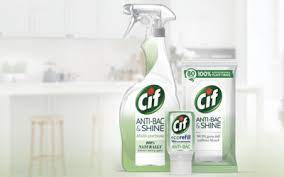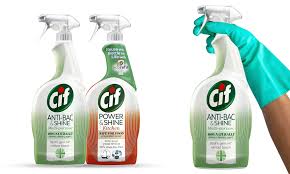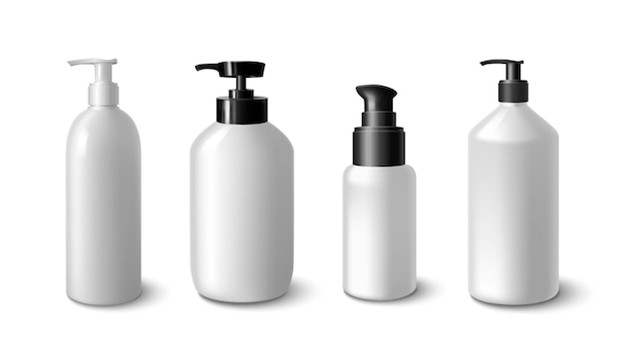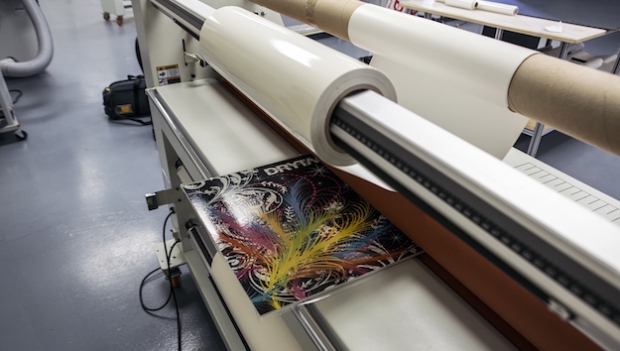

When you give a quick squirt of a cleaning product to polish the bathroom sink or clean the kitchen table, you probably don’t give much thought to the spray mechanism. But these ‘triggers’ are complex pieces of equipment, with several precision-engineered moving parts, including springs, valves, nozzles and gaskets.
On the one hand, they’re a triumph of innovation and clever design. On the other, they’re a problem when it comes to recycling.
A few years ago, although we stopped using metal springs, our triggers still weren’t fully recyclable, as different components were made from different plastics. We used several types because polymers have certain characteristics and are therefore suited to certain functions. For example, one part seals the cap, another picks up the final drops at the bottom of the bottle. In fact, our basic triggers have 11 components, and our more complex designs can have 15 or so.
Technical Challenge
To remove the metal, we made a spring component out of polyoxymethylene (POM). However, when you put that with a bottle made of polyethylene terephthalate (PET) – which is a common material used for rigid plastic packaging – the whole thing wasn’t recyclable. To recycle plastic, it’s sorted based on the material density and since both POM and PET have similar density, the recycling machinery can’t separate them properly.
To solve this conundrum, we worked with our supplier, Silgan, to come up with an innovative new trigger in which all the components are fabricated from either polypropylene (PP) or polyethylene (PE) polymers. These belong to the same group of polymers (polyolefin) and can enter the same recycling stream. In other words, the trigger is now fully recyclable alongside the bottle.
This move was critical for us to achieve one of our key business objectives: to design all our plastic packaging to be reusable, recyclable, or compostable.
As well as switching to the new material, we also had to modify the design of the spring component to deliver the necessary functionality. We tested lots of different grades of PP polymers to find the one with the best performance.
Making it E-commerce Compliant
For us to ship these bottles to our customers, we pack and stack them in a certain way to ensure there’s minimal chance of them getting damaged in transit. But when they’re sold online by a retailer like Amazon and Alibaba, for example, we don’t control the fulfillment bit – the packaging and posting. For that reason, the product must be ISTA6 compliant.
To certify that a product is ISTA6 compliant, it’s put through a series of rigorous tests, one of which is to see how it holds up when subject to impact. Our original trigger failed due to a slight leakage issue when dropped, so we modified the design to make it stronger.
The concept takes 3 years in development to come into reality. HUL will incorporate the new triggers into their home care products across Europe for their Cif, Vim, Viss, Domestos, Lifebuoy, and Lysoform brands. That means about 160 million packs – bottles and triggers – will now be recyclable every year. In terms of the triggers alone, that equates to over 3,300 tons of plastic that we have enabled for recycling.







